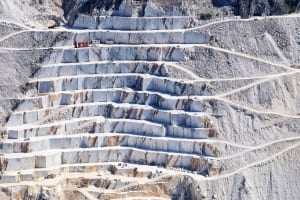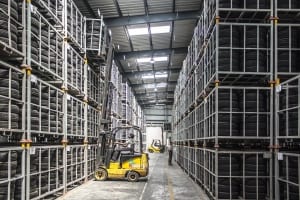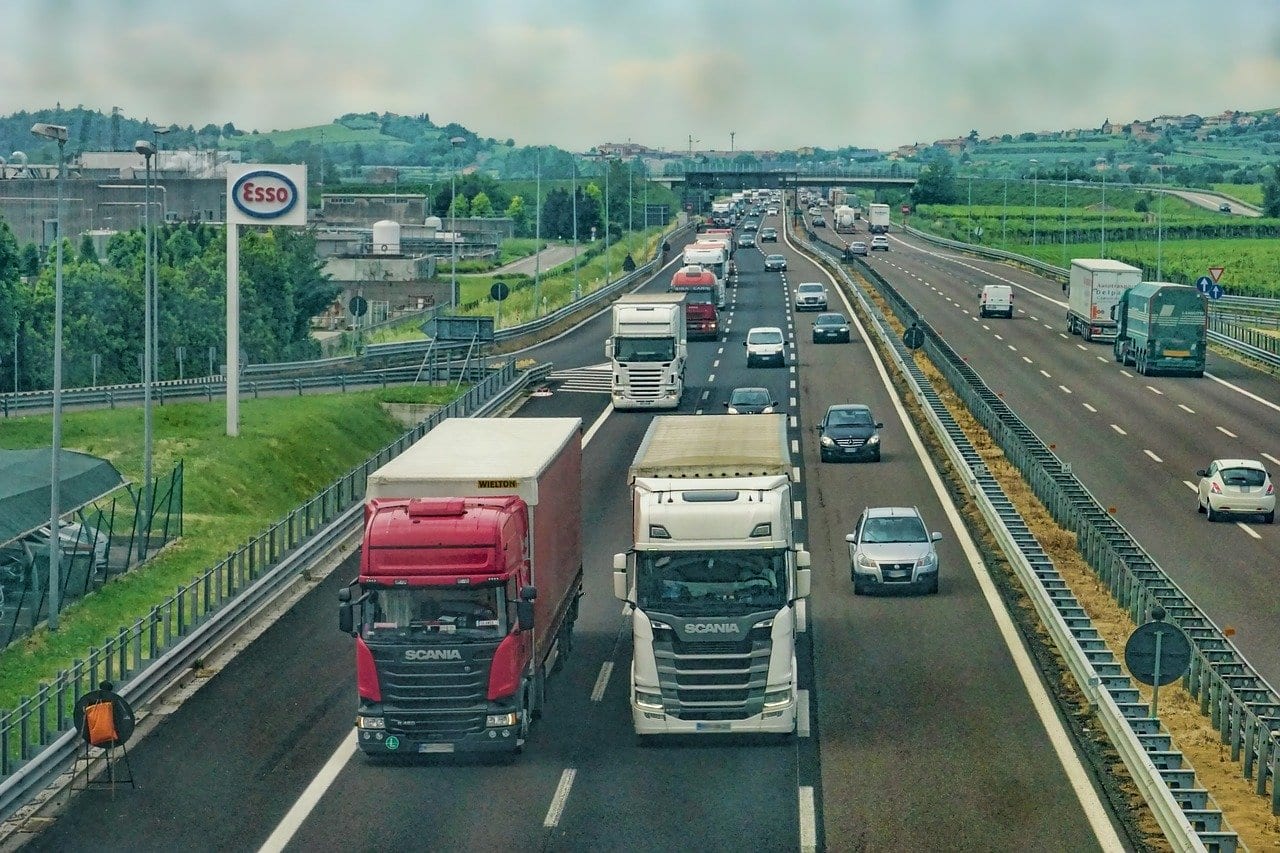9 Uses of Dams in Civil Construction

What Is A Dam?
Dams are barriers built across a river or stream. Engineers design dams so water pools behind the barrier. Water is collected on the upstream side of the dam and the water is called a reservoir. The other side of the barrier is called downstream. Municipalities who plan to build dams need civil engineering services.
There are many types of dams including embankment dams. These are artificial dams made with a semi-plastic structure and a mix of sand, soil, clay, and rock. Gravity dams are huge and are made of stone and concrete masonry. Earthen dams are made of soil while timber dams are made with wood.
#1 Irrigation
Results of a recent study show half of the world’s large dams were built for irrigation. Moreover, over a billion people around the globe depend on reservoir-generated irrigation. Egypt sits in the middle of the desert and crops have been depleted by droughts. The Aswan High Dam was built to protect farmers by controlling water flowing in the Nile River. An agreement between Egypt and Sudan allows Sudanese farmers to use some of the water.
#2 & #3 Water Supply
Some water from reservoirs is used to supply fresh water for commercial and residential use. Further, dams are often used to control water flow in rivers. Warragamba is an Australian dam used to supply water to millions of people.
#4 Hydropower
Hydropower is popular because it’s environmentally friendly. The U.S. is one of the largest producers of hydropower, followed by Canada. Dams produce up to 12 percent of the U.S. power supply. Brazil’s Itaipu Dam is the world’s largest hydropower dam.
#5 Flood Control
Flood control dams hold floodwater and prevent it from getting to residential areas. They’re usually built in areas where flooding happens regularly. For example, The Tennessee Valley Dams, help to control flood on the lower Mississippi, lower Ohio, and Tennessee Rivers. Floodwaters are either released downstream or stored for future use.
#6 Navigation
Navigation dams are used to allow ships to travel in certain rivers. The dam is designed so the river maintains a depth deep enough for ships to pass. Bonneville Dam, located in Washington State, is a river navigational dam.
#7 Debris Dam
A debris dam is used to store debris from river water. River water may contain sand, rocks, and wood. The water on the dam’s downstream side is clear.
#8 Recreational Purposes
Most dams serve more than one purpose. Indeed, the building of some dams created booming recreational areas. These areas would not exist if the dam hadn’t created the reservoir of water. Some communities built beaches adjacent to the reservoir along with boat landings. The Russell Dam was built on the border of South Carolina and Georgia in the 1970s and 1980s. The dam created Russell Lake which is the center of recreational activity. The dam’s original purpose was flood control and hydropower.
#9 Mine Tailing
Mine tailings are by-products of certain mine operations. Mine tailings disposal is a major environmental concern. The tailings have to be stored permanently and dams are the perfect repository. Previously, mine tailings were dumped in rivers and contaminated the area.
Civil engineers design many types of dams. Most dams serve many purposes including flood control, irrigation, and a source of hydropower. It’s easy to see why some dams are major tourist attractions.




